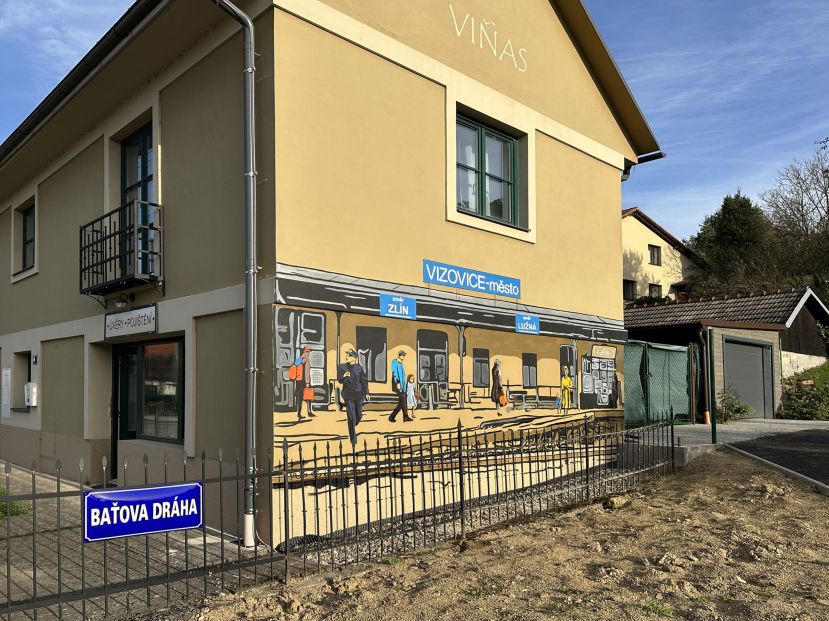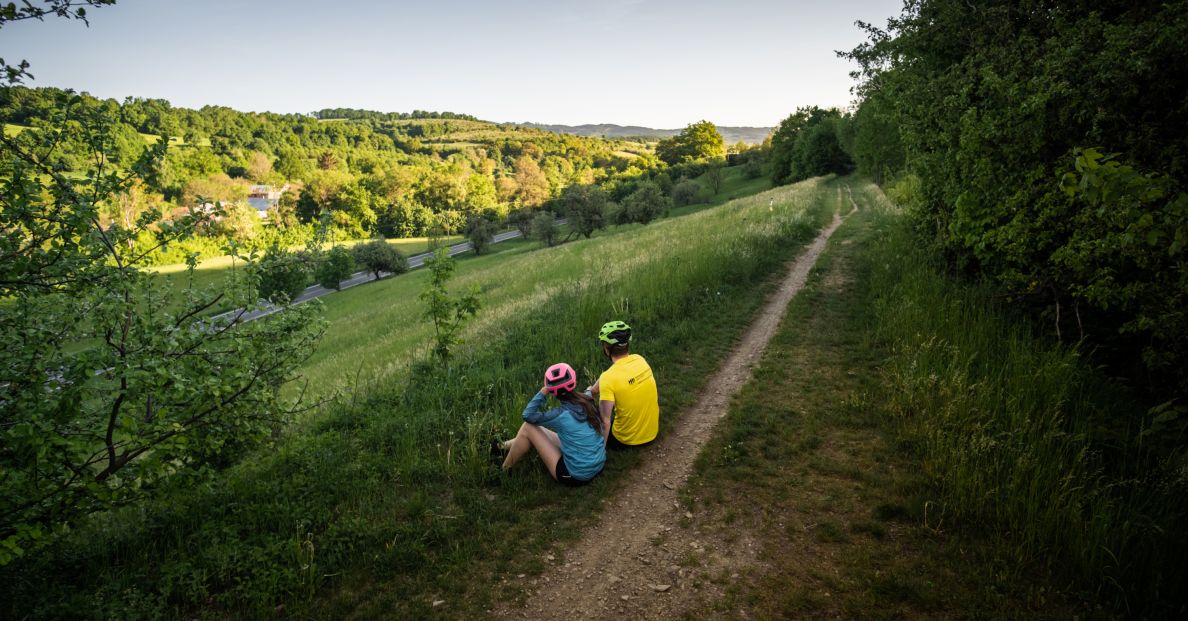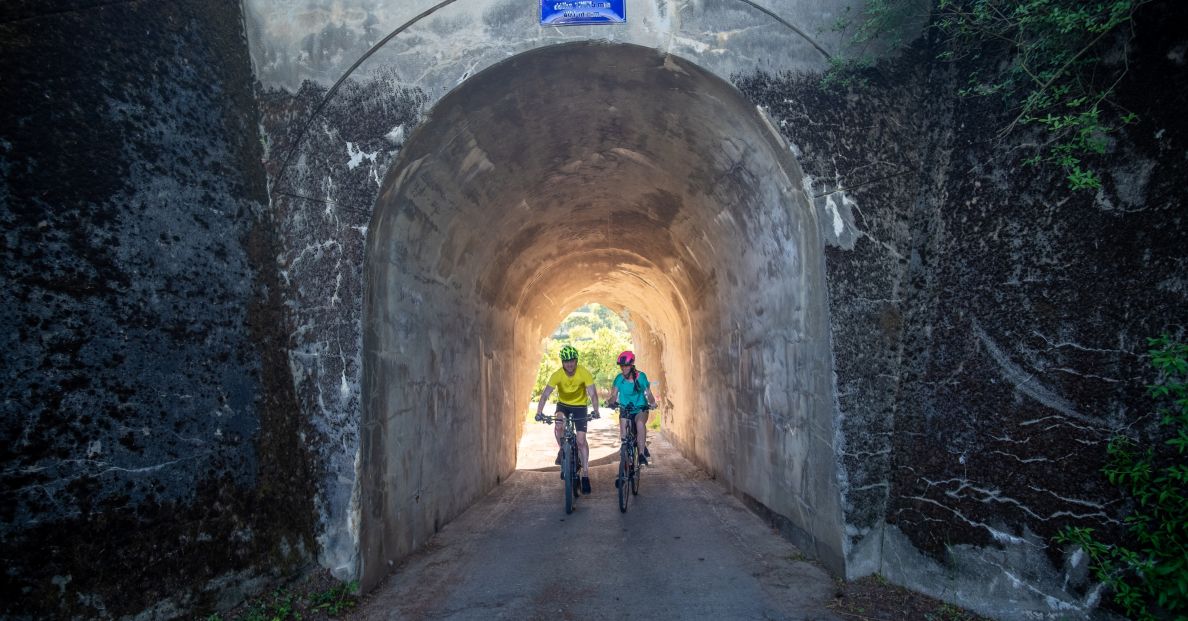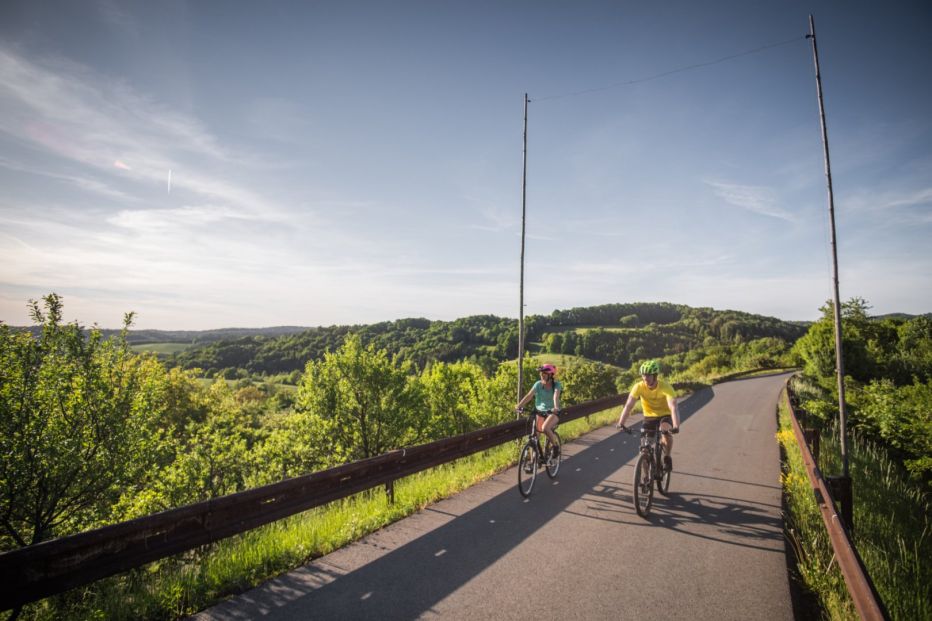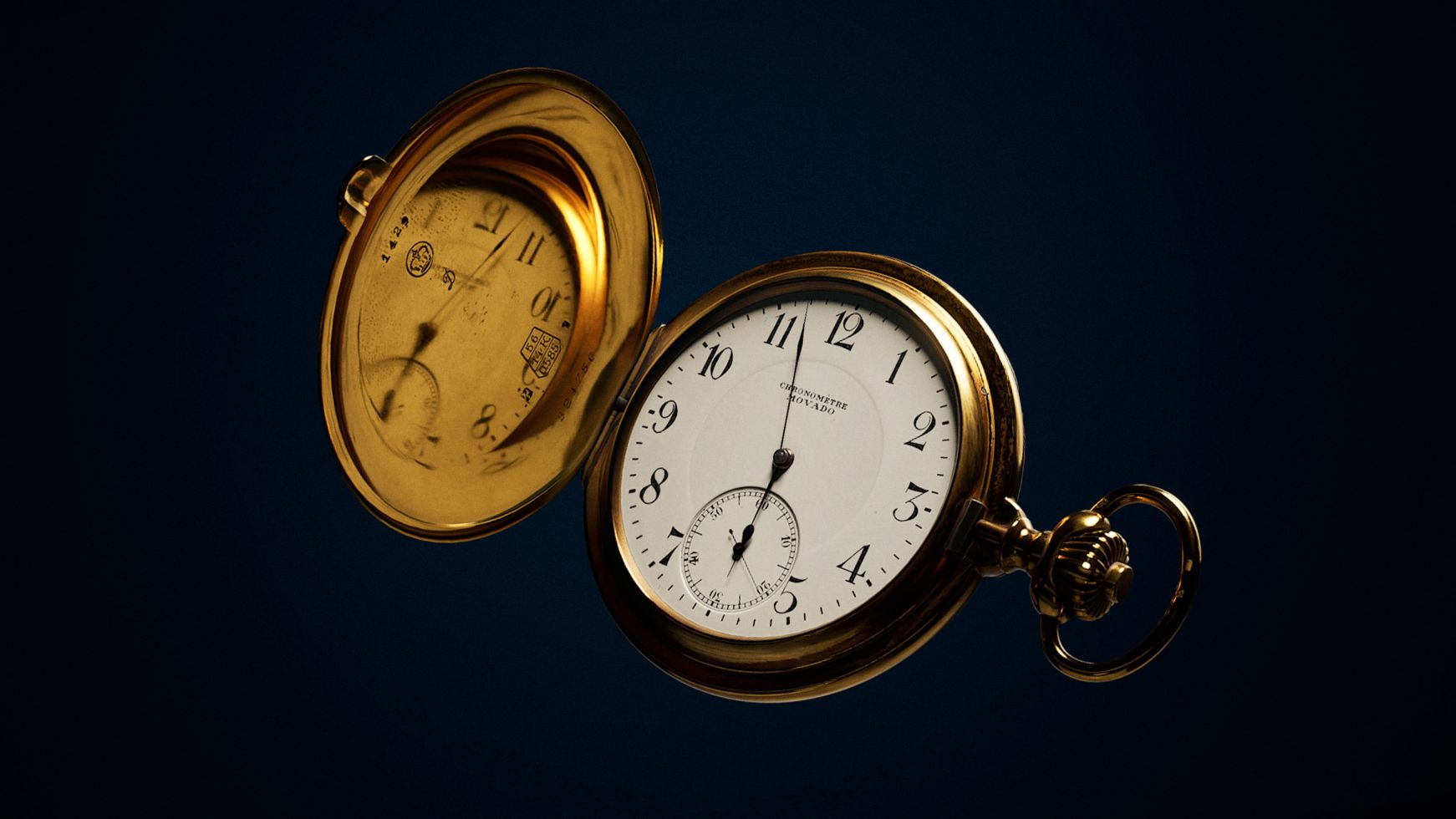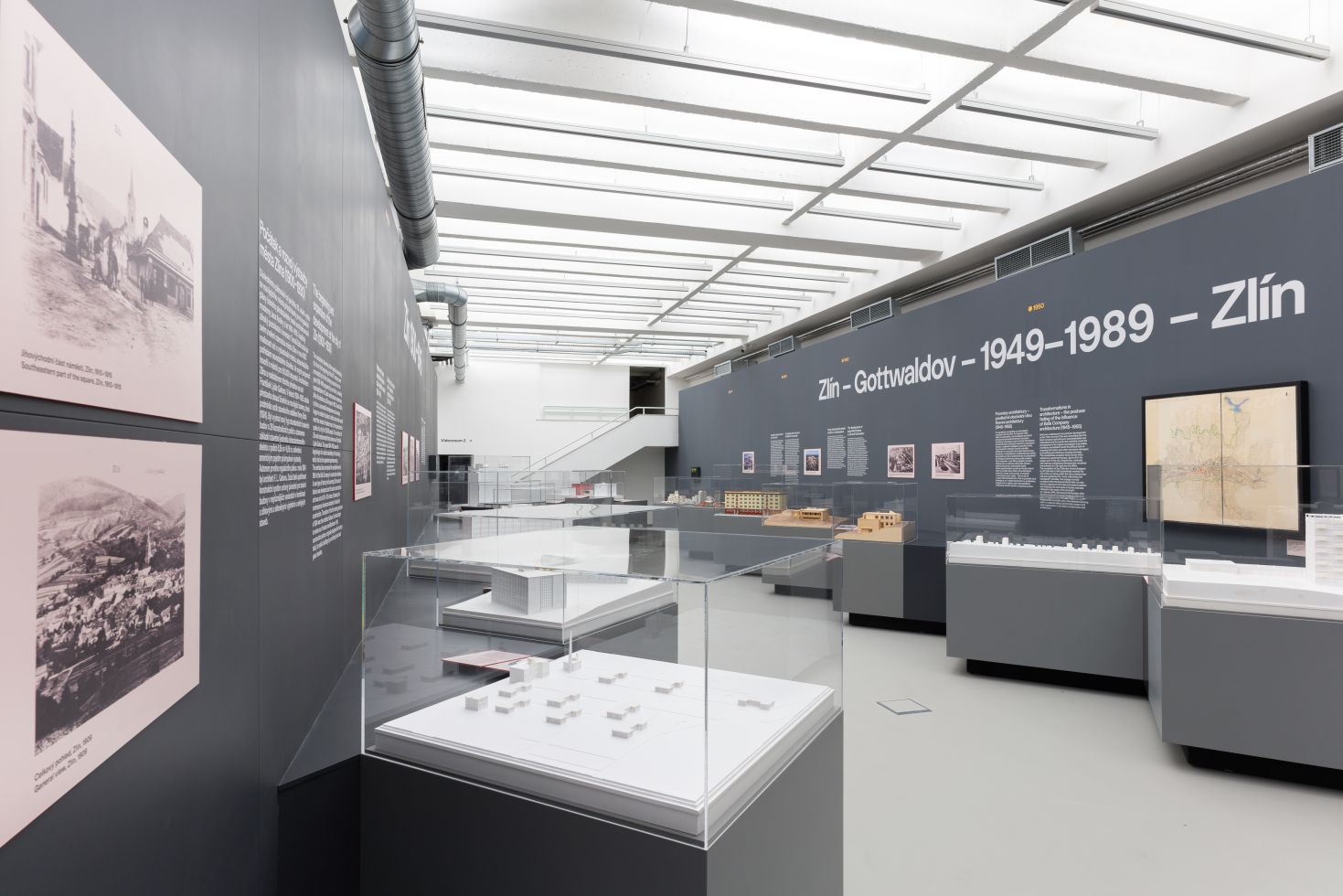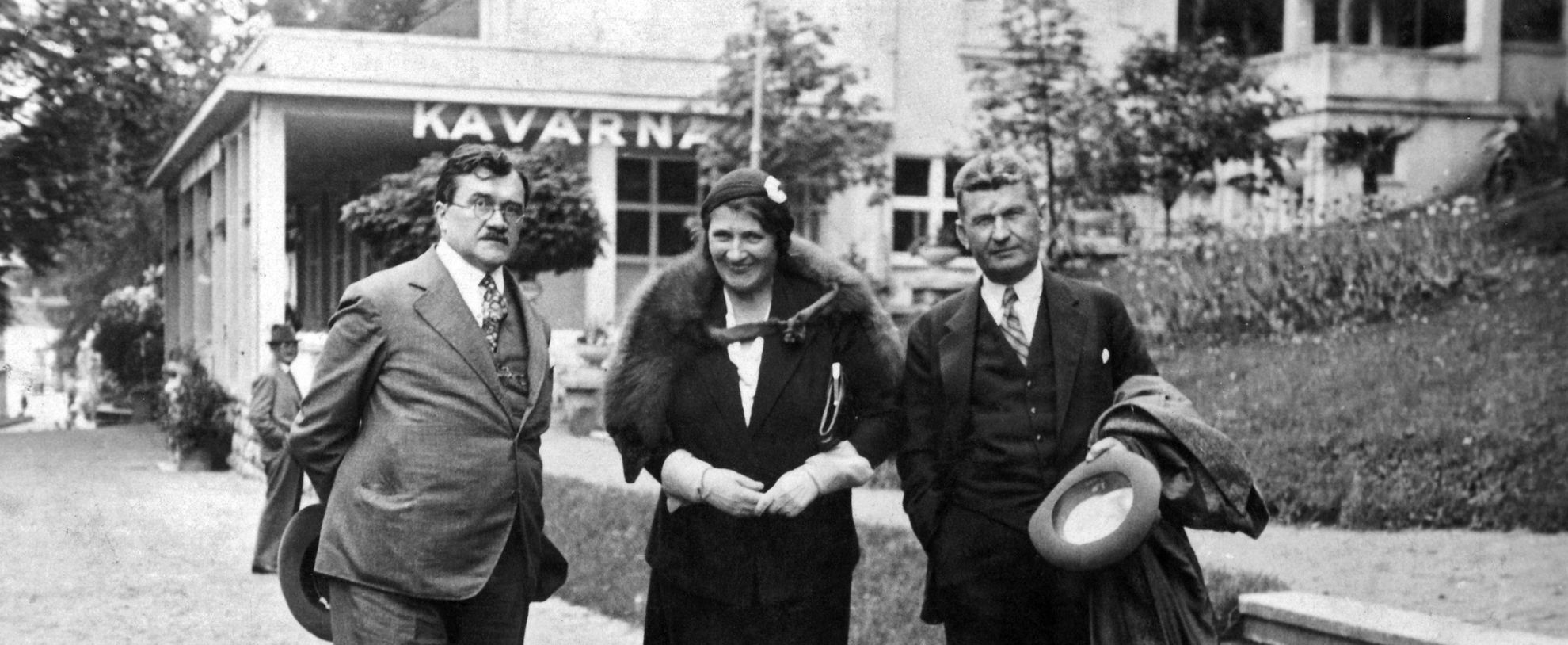Bata's Unfinished Railway
The railway was supposed to run through the foothills of the Vizovice Highlands to connect Vizovice with Valašská Polanka. Although trains never passed through the area, railway embankments, tunnels and bridges remain in the landscape. They are now used for cycling or hiking and you can recognize them at first glance.
With the development of his shoe company, Tomas Bata thought about logistics and a transport network that would connect Zlín with the rest of the world. Part of an elaborate system of water, road and air routes was to be also a railway from Zlín to Horní Lideč, that had a train connection to Slovakia. The construction started in 1934, but was never completed. The railway embankments, the body of the line, underpasses and tunnels can still be seen along its route. You can cycle along it and admire the small Wallachian villages scattered around.
Bata's unfinished railway starts at the Vizovice train station. Here, you can join the cycling trail that will take you through the town. You will pass a mural depicting the originally planned railway stop “Vizovice – město” on a building at the intersection with Slušovská Street. Then, you will continue along the main road leading to Vsetín, following a grassy embankment all the way to Jasenná, where you will turn towards the village of Ublo. Here the track is paved with asphalt. It passes over the Ublanka tunnel before turning into a grassy embankment with a gradient of 17.5 ‰.
It was the height difference that was one of the biggest problems of the planned track. Its construction was interrupted in 1951 and never completed, although it was considered a few times in later years. The Zlín connection to Púchov and Slovakia thus remains unresolved.
Interesting facts
Tomas Bata was not satisfied with the choice of Zlín as a base for his business.
"Our plant is located inconveniently. The choice fell on Zlín when I was young and did not yet know what I wanted to do. Zlín lacks all the conditions which a big factory, like the one I have in mind, needs for its life." Tomas Bata
That is why he decided to enhance air, rail and road transport not only in the region, but also with connection to the national and European transport network. After his death in 1932, many of his ideas were further developed by his brother Jan Antonín Baťa. However, the big plans were thwarted by the Second World War.



